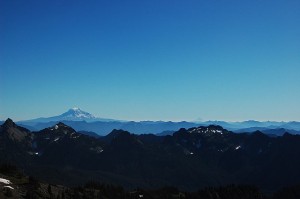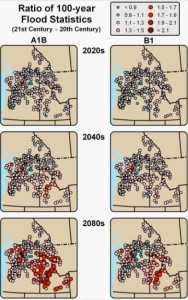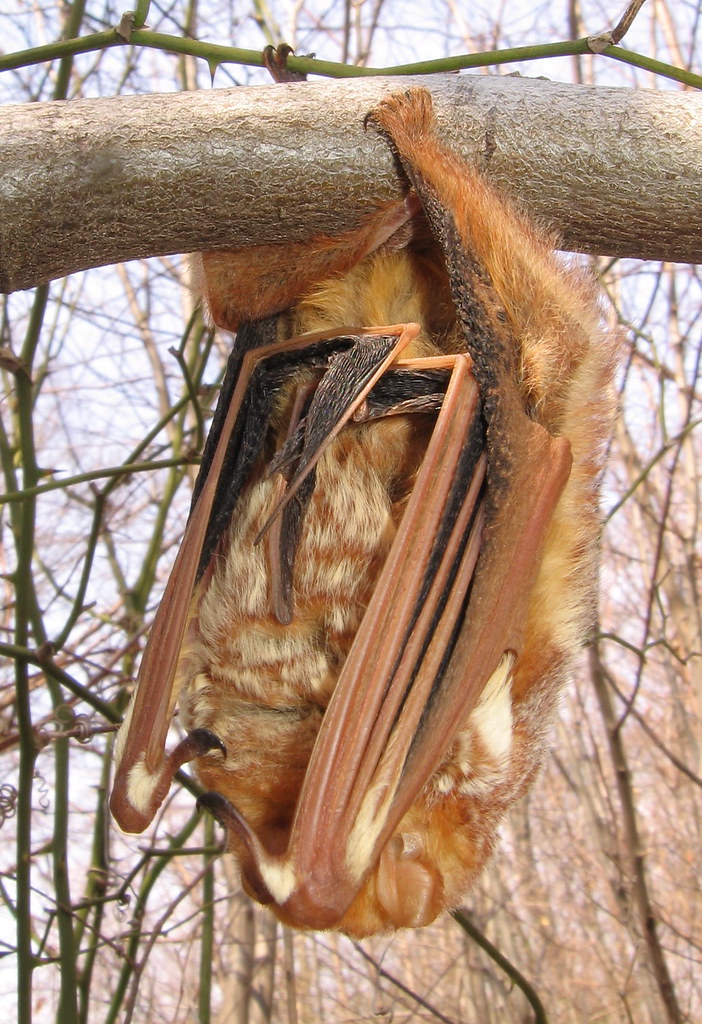We have much more to do and your continued support is needed now more than ever.
Rising Waters: Climate Change and Flooding in the Pacific Northwest
Climate change will have many different impacts on the Pacific Northwest. It is imperative that we recognize these effects and change the way we interact with our planet in order to ensure a sustainable and healthy future.

Water Water Everywhere
According to the Department of Ecology’s Washington State’s Integrated Climate Response Strategy, increases in winter runoff and precipitation and more intense precipitation will lead to more severe flooding in the winter months. For many rivers, this will mean an increase of the magnitude of the 100-year flood under natural conditions. These events are predicted to increase by 20 to 30 percent by 2040, which will put more people in danger and stress our existing flood control systems, such as dams, levees and dykes.

The Salmon Connection
Climate change will impact salmon by changing the stream flow, changing and decreasing habitat and increasing water temperatures. Exposure to severe floods is predicted to cause an increase in mortality for the eggs and juvenile fish of fall- and winter-spawning fish. These populations include Chinook, coho, chum, sockeye salmon, and bull trout.
Climate change will also result in a significant loss of salmon habitat. By 2090, potential losses in Oregon and Idaho will exceed 40 percent, and will top 22 percent in Washington. Floodplains—essential habitat for salmon—are already degraded, with 71% of Washington State’s floodplains in poor condition. Development continues in these sensitive areas, degrading what little floodplain habitat is left. National Wildlife Federation recognizes this loss of habitat as an important and pressing issue. We have taken the Federal Emergency Management Agency (FEMA) to court over the impacts of the National Flood Insurance Program on salmon runs in Puget Sound.
It is imperative that we protect existing habitat and restore degraded habitat in order to help save our salmon and help protect against the impacts of climate change. If we do not we will lose a part of our natural history and culture. We have the opportunity to change and must act.





















